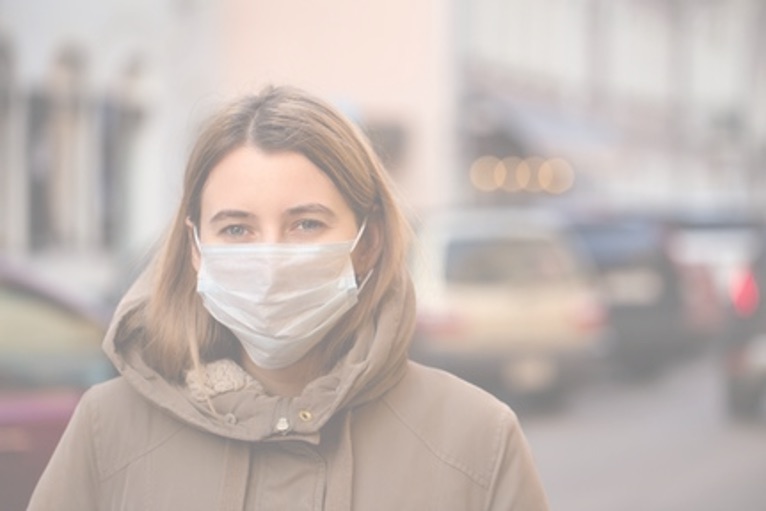Picture yourself sitting in a large circle (likely in a driveway or front yard). Chairs are grouped by households providing the appropriate distance between families. The conversation struggles not to constantly circle back to the reality of the day. Topics bounce from Monday-morning quarterbacking of what should have been done to the impacts on children’s learning and the economy. As the discussion weaves between topics, it comes to rest on the new normal and how people are learning to operate within a COVID-influenced reality.
A healthcare worker shares data that hospitalizations have been declining. A business owner remarks how his new interactions within his customers’ homes, while different, are effective. Finally, a periodontist mentions that she is preparing to see patients again.
All agree that precaution and care will need to be taken, but there are people with medical issues who need to be treated. As with the business owner there will be a “new normal.” It is this final example of the periodontist that aligns to what medical claims data have been showing and what my team is seeing in our ongoing analysis.
Americans Are Returning to the Doctor’s Office
While there are still new cases of COVID-19 daily, Americans’ health cannot wait, and the data indicates that patients are returning to the doctor’s office. Symphony Health’s latest report shows a 29% increase in office visits across a range of therapeutic areas over the past four weeks. This increase is as high as 63% for digestive diseases and 40% for diabetes patients[i].
Impact is Varied
When looking at patient behavior by indication, we see varied impact of COVID-19 on patient traffic across disease states. For example, oncology has been one of the least-impacted specialties. On the other hand, according to several medical claims sources, visits for respiratory issues are way down. This suggests that social distancing has slowed the spread of not only COVID-19 but also a host of respiratory viruses.
The Telemedicine Outlook
Patients are returning to the doctor’s office despite an increase in tele-consultations reported to be as much as 600%[ii] vs. pre-COVID levels. Overall the impact of telemedicine remains limited because it constituted just 5% of total consults pre-COVID. While COVID-19 may have been a catalyst for greater use of telemedicine, its newfound share is not permanent yet.
Two trends stand out as we look further into telemedicine. First, growth has flattened. While the use of telemedicine accelerated quickly in the final weeks of March, it plateaued by early April. The second noticeable point is that telemedicine’s greatest impact has been in the Northeast. With an increase in telemedicine utilization of as much as three times that of other regions, the Northeast skews the national picture.[iii]
In order to understand telemedicine’s long-term outlook there are several factors to watch—and many agree reimbursement will be the most influential. If telemedicine reimbursement is not kept on par with office visits, there will be a strong incentive for physicians to encourage patients into the office for care. This will be extrapolated by the fact that practices have large sunk costs in equipment and physical office space. When we factor in the potential erosion of margins caused by adding additional fees associated with telemedicine platforms to operating costs, we can see that there are still barriers to telemedicine maintaining its current levels of utilization.
The “New Normal”
Stating the obvious, COVID-19 has been a once-in a-lifetime event. The speed and intensity of COVID-19’s development—both from a disease point of view as well as societal impact—has been unprecedented. While we understand that this outbreak is not yet behind us, there are positive signs that we are starting to define our new normal. Most people understand the significance of this virus and what is needed to move forward safely. We see this as Americans are becoming more comfortable getting out of the house and are traveling more[iv]. Americans are taking care of themselves, going to the doctor and are beginning to have elective surgeries. The signs are there. There are reasons for optimism.
[i] Symphony Health COVID-19 Weekly Trend Insights Data week ending May 1, 2020, page 23, change in Disease of Digestive System, Endocrine, Nutritional and Metabolic Disease visits indexed vs 12 week rolling avg from same time period in 2019
[ii] Larry Merlo, CEO CVS Health May 6, 2020 sourced from Symphony Health COVID-19 Weekly Trend Insights Data week ending May 1, 2020, page 21
[iii] Symphony Health COVID-19 Weekly Trend Insights Data week ending April 24, 2020,
[iv] https://blog.geopath.org/index.php/2020/05/08/geopath-data-shows-third-c…

